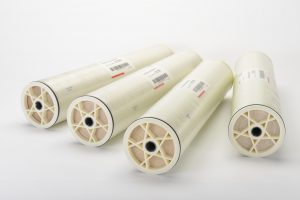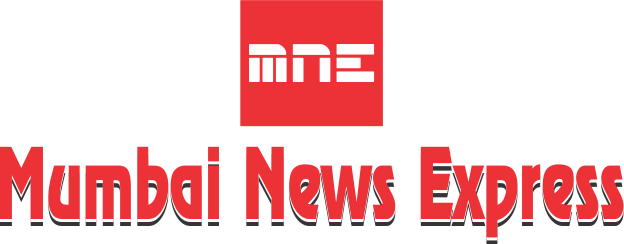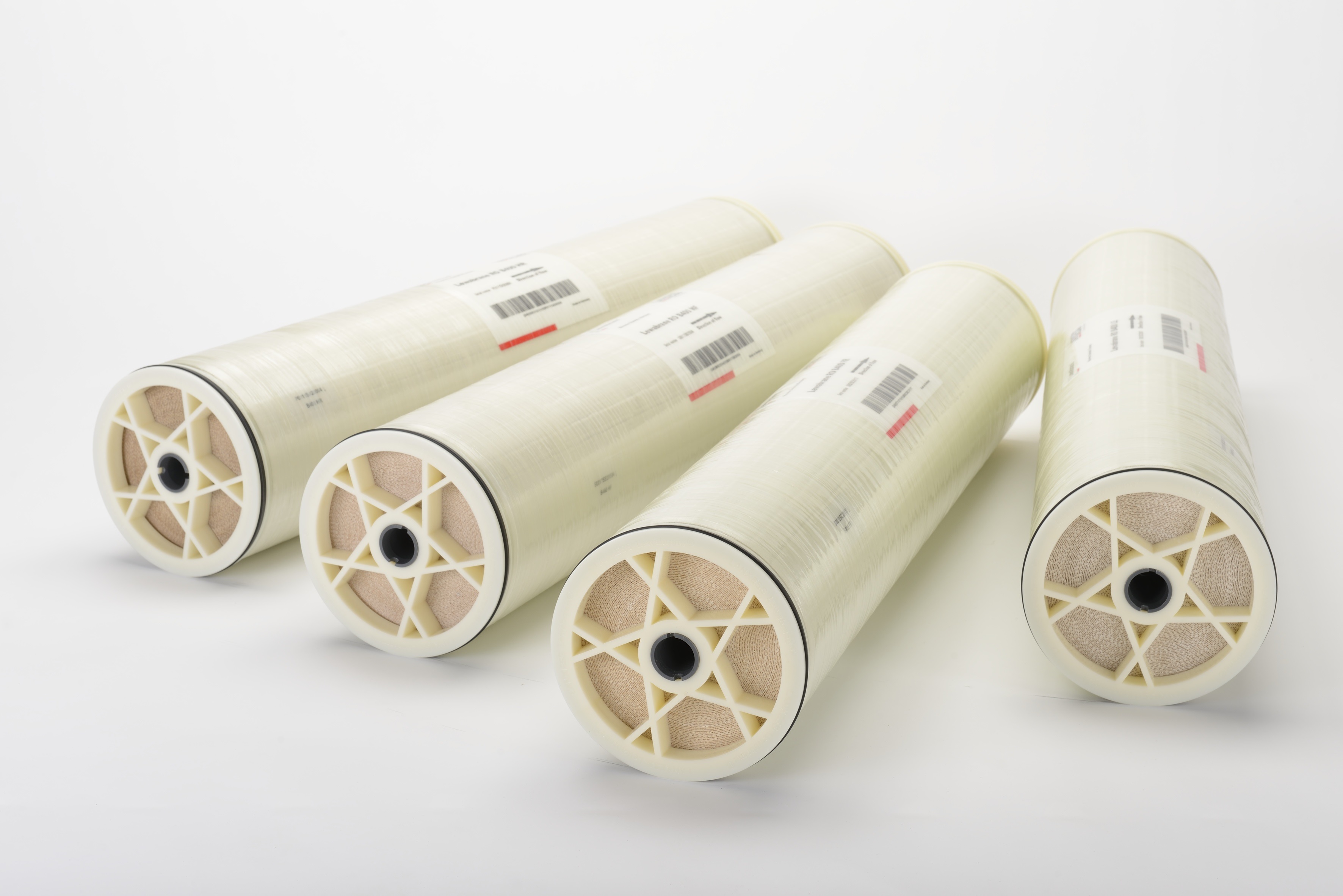by Suman Gupta
- New Lewabrane high performance membrane elements for brackish water treatment
- Product launch at AMTA/AWWA Membrane Technology Conference & Exposition in New Orleans, Louisiana/USA
 Cologne – Specialty chemicals company LANXESS is expanding its range of membrane elements for reverse osmosis (RO). The new Lewabrane HP (high performance) series comprises elements that consist of an enhanced brackish water membrane to serve applications in which high rejection and energy efficiency are important. Using the new types in combination with monodisperse Lewatit ion exchange resins provides high quality produced water at lower operational cost.
Cologne – Specialty chemicals company LANXESS is expanding its range of membrane elements for reverse osmosis (RO). The new Lewabrane HP (high performance) series comprises elements that consist of an enhanced brackish water membrane to serve applications in which high rejection and energy efficiency are important. Using the new types in combination with monodisperse Lewatit ion exchange resins provides high quality produced water at lower operational cost.
With an average salt rejection of 99.7 percent (at 2,000 ppm NaCl; 225 psi) and high permeability, the new product types are a further development of the high cross-linked polyamide membrane which LANXESS launched in 2012. Controlling the degree of polyamide cross-linking during production process provides a small effective “pore size” that results in high rejection of solutes, regardless their charge. “By optimization of the process, the flux could be improved without compromising permeate quality. Therefore, high rejection, even at changing feed parameters like pH or salinity, can be achieved at high flux rate,” explains Dr. Jens Lipnizki, head of Technical Marketing Membranes in the Liquid Purification Technologies business unit.
LANXESS is showcasing its new Lewabrane HP membrane elements for the first time at the Membrane Technology Conference & Exposition, hosted by the American Membrane Technology Association (AMTA) and the American Water Works Association (AWWA) in New Orleans (LA), USA, February 25 to 28, 2019.
Efficient even at changing conditions
Reverse osmosis is used for desalination and purification of water and has been growing rapidly in industrial, municipal and waste water reuse applications, where parameters can change quickly. The Lewabrane HP types ensure high rejection of critical ions even at changing temperature and pH levels. Depending on the application, different species are rated as critical. For boiler feed water silica is critical, while wastewater applications focus on nitrate or organics.
“In a number of industries high salt rejection combined with high energy efficiency is useful. Especially if the RO process is designed in combination with another separation process like ion exchange. The benefit is based on the lower applied pressure and on the higher rejection, which lead to longer cycle times of the ion exchange units,” says Lipnizki. Therefore, the typical applications are combined processes like production of boiler feed water for power generation, zero liquid discharge processes (ZLD), or production of ultrapure water. Yet, the product can also be used in innovative processes like closed circuit reverse osmosis (CCRO), in which the feed water composition changes with each cycle, the constant rejection is an important benefit of the new Lewabrane HP type.
Well designed
LewaPlus, the engineering tool developed by LANXESS, enables easy and reliable design of water treatment facilities. The software allows designing ion exchange and RO membrane based plants separately as well as combined systems. It pools the knowledge and experience of LANXESS in both technologies and is giving plant designers a recommendation on how they can best arrange the membrane components to their needs. The latest 2.0.9 version already includes the new Lewabrane HP types.
Detailed information about the products can be obtained online at www.lpt.lanxess.com. The LewaPlus software can also be downloaded from this website free of charge.

